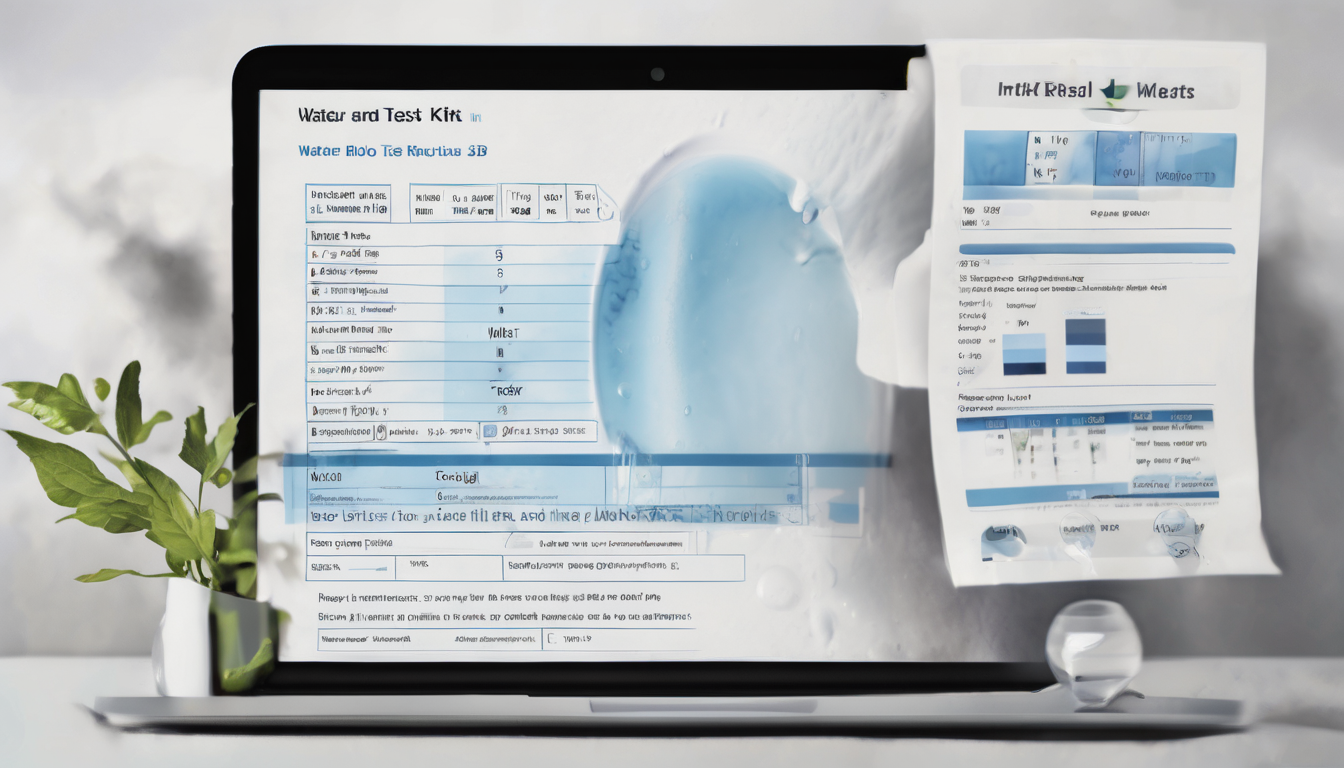Desalination plants remove dissolved minerals (primarily salts) from seawater, brackish groundwater or treated wastewater to provide clean drinking water. The United Arab Emirates (UAE) predominantly uses the desalination process to treat seawater for drinking water purposes. Approximately 42 percent of the total water demand is met through 70 desalination plants. The water quality characteristics of desalinated water without any post-treatment can vary significantly based on the type of desalination technology implemented such as Reverse Osmosis (RO), thermal desalination and on the design and operation of the desalination plant.
However, in any case, the treated water has low pH or acidic, contains low buffering capacity, and has low alkalinity and hardness (i.e. the concentration of calcium and magnesium is very low). This low pH and low alkalinity and hardness water may have undesirable consequences to the distribution system plumbing /pipe materials, downstream wastewater systems, and may not be favorable for drinking or irrigation purposes. Therefore it is imperative that desalinated water should undergo remineralization as a post-treatment.
The type of remineralization varies depending upon the type of application such as drinking and cooking, irrigation, etc. This article provides a brief overview of the different factors determining the technology of remineralization to be used as a post-treatment technique for desalinated water, and different options available to achieve remineralization.
FACTORS DETERMINING REMINARALIZATION TECHNOLOGIES
1. Chemical Stability
As discussed above, desalinated water has low pH and low alkalinity. These conditions are conducive to metal corrosion and concrete dissolution. Therefore it is essential that chemical stability is achieved as water distribution pipe networks are made of metals or concrete and corrosion of these pipes may result in leaching of harmful metals into drinking water thus rendering it unfit for consumption. It will also disrupt the integrity and condition of pipe networks and increase maintenance costs.
2. Palatability and Customer Acceptability
Water with low pH and alkalinity tends to cause corrosive conditions in the distribution system. Low pH results in leaching of pipe materials into the water. Some of the pipes are made of cast iron thus leaching iron into the water and causing red water issues. The customers would most likely not accept water that is aesthetically unappealing.
3. Secondary Impacts on Wastewater Influent Quality
In the wastewater treatment process, high alkalinity is essential for the complete removal of ammonia and nitrate in order to keep the pH high and maintain biological stability. Also, wastewater effluent is used for irrigation purposes in some areas in the same location where desalinated water is a major source of fresh water. Certain quality characteristics of the reclaimed water are directly dependent on the quality of the desalinated water. It is found beneficial if the desalinated water is enriched with minerals such as calcium and magnesium.
TYPES OF REMINERALIZATION TECHNIQUES
1. Remineralization by mineral addition (calcium and magnesium addition)
One of the most common and inexpensive means of remineralizing desalinated water is the addition of calcium and magnesium. The following are some of the commonly available and used techniques to add minerals such as calcium and magnesium into desalinated water before consumption.
– Calcite bed contactors
– Alkaline Filters
– Alkalinization Stage in the RO process
– Addition of natural mineral salts
– Addition of green blends
2. Remineralization by blending desalinated water with source or freshwater remineralization
This can be achieved by blending desalinated water with the source water (seawater or brackish water). This treatment is implemented only when the source water is of high quality, is pretreated appropriately for both microbial and chemical aspects and the final blend meets all the necessary water quality standards.
3. Remineralization by dissolving naturally occurring minerals such as dolomite and limestone
Limestone is natural mineral made of calcium carbonate. Processing water through calcite bed contactors in the presence of carbon dioxide facilitates dissolution of calcium hardness and bicarbonate alkalinity to desalinated water.
Post treatment of desalinated water through remineralization is an imperative process so that desalinated water can be used appropriately. The above discussion gave a comprehensive overview of remineralization technology. In order to help their customers understand what type of technology is suitable for their requirements, the water experts and consultants at Saniwater have a broad range of services available. The consultants can help their customers with suitable recommendations for remineralization filters be it alkaline filters, natural mineral addition, etc. depending upon the customers’ budget and needs. The technicians can also help with installation of the recommended filter products. Saniwater is dedicated to provide best solutions to meet the drinking water requirements of their customers.


